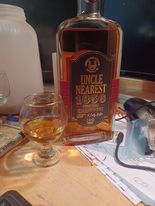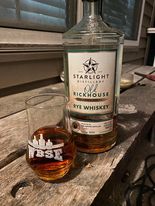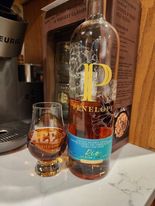The Sidecar, a classic cocktail renowned for its timeless appeal and harmonious blend of flavors, has a history shrouded in mystery and intrigue. While the exact origins of this iconic drink remain a matter of debate among cocktail enthusiasts, it emerged in the early 20th Century during the vibrancy of the cocktail scene from that time.
The creation of the Sidebar is often attributed to Harry MacElhone, a skilled bartender at the legendary Harry’s New York Bar in Paris. The story unfolds in the post-World War I era, around the 1920s, when Paris was a hub of creativity and cultural exchange. According to this version of events, the cocktail earned its name from a loyal customer who frequented the establishment on his motorcycle, accompanied by a sidecar.
MacElhone, inspired by this distinctive mode of transportation, crafted a concoction that would later be immortalized in his 1922 book, “Harry’s ABC of Mixing Cocktails.”
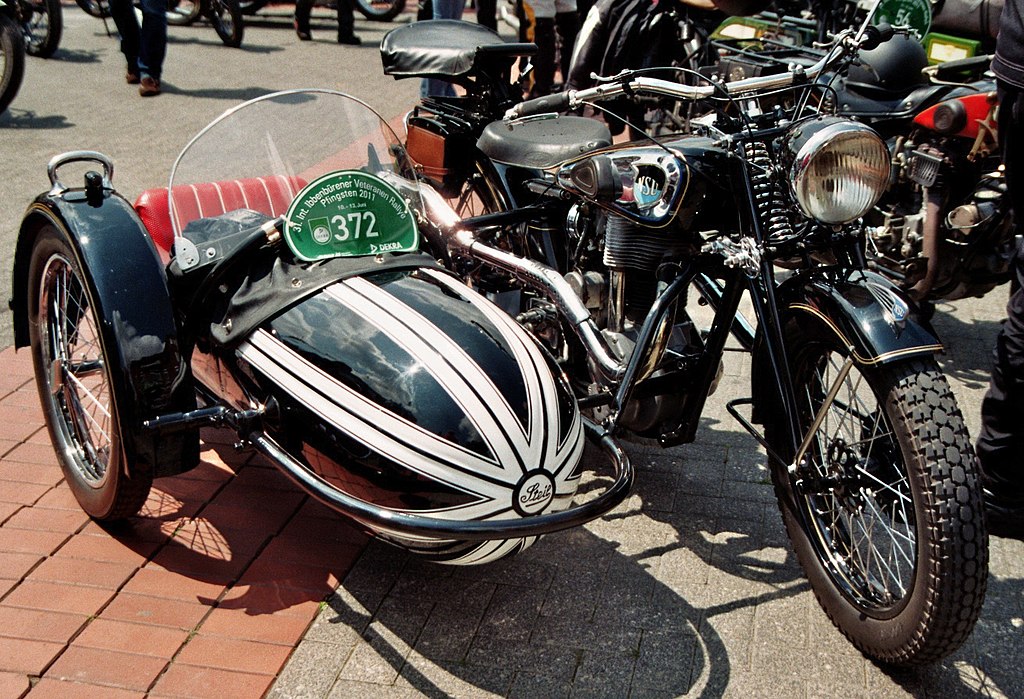
Another intriguing tale places the birth of the Sidecar at the Ritz Hotel in Paris. As the story goes, an American Army captain, a regular patron during the war, approached the Ritz bar seeking a pre-dinner libation. The bartender, possibly Frank Meier, responded with a creative blend of brandy, orange liqueur, and lemon juice, creating the prototype of the Sidecar. The drink allegedly owes its moniker to the captain’s preferred mode of transport—a motorcycle with an attached sidecar.
While the Sidecar’s early history is clouded by the lack of concrete documentation, allowing these stories to coexist as part of the cocktail’s mystique. Regardless of the precise origin, the motorcycle with the attached sidecar seems to be common. The Sidecar quickly gained popularity, finding its way onto the menus of prestigious establishments and captivating the palates of discerning patrons.
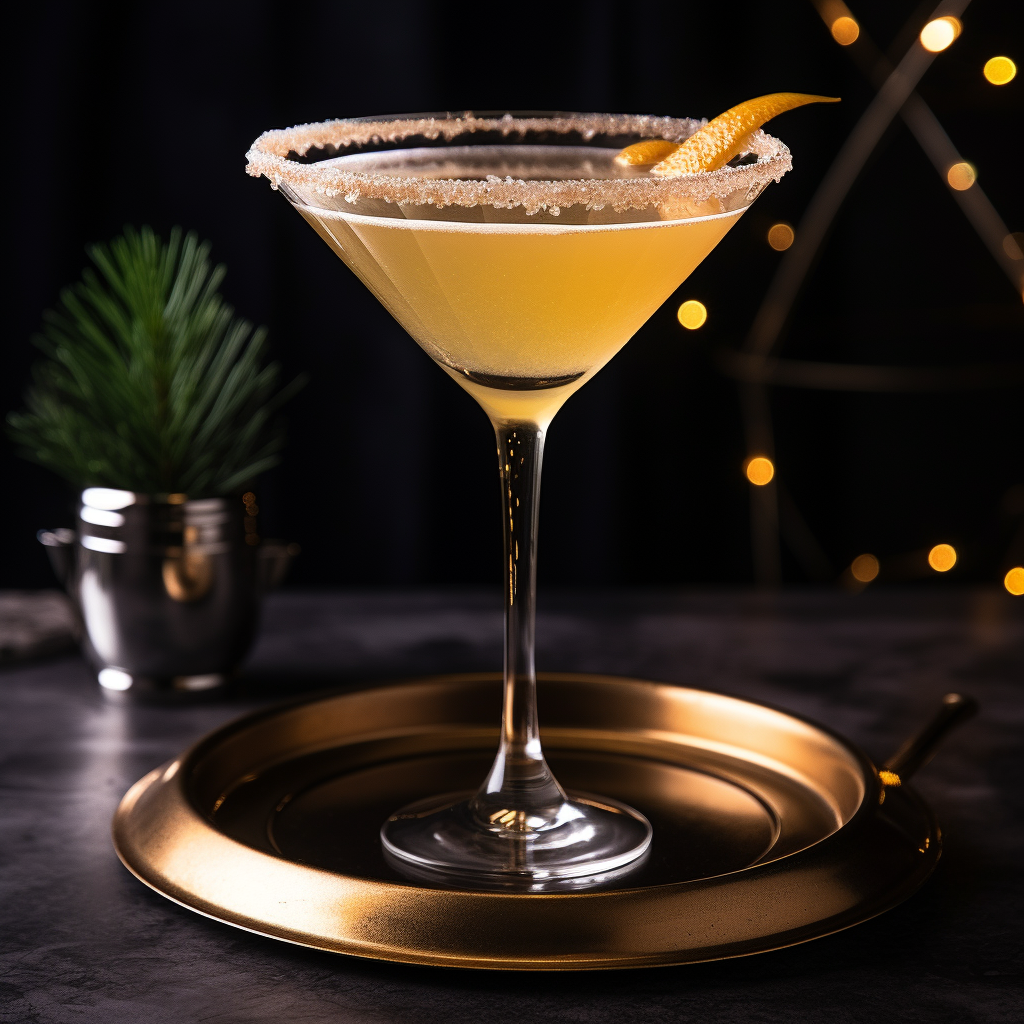
The classic Sidecar recipe, a testament to the artistry of mixology, traditionally features brandy (usually a Cognac) as the base spirit, complemented by the citrusy notes of orange liqueur and the zesty kick of freshly squeezed lemon juice.
The marriage of these ingredients results in a well-balanced concoction that has stood the test of time. The cocktail is often served in a martini-style glass with a sugar-rimmed edge, adding a touch of elegance and sweetness to the overall experience.
Over the years, mixologists and cocktail enthusiasts have experimented with the Sidecar, giving rise to variations that showcase the versatility of this beloved libation. Some variations replace brandy with bourbon or whiskey, offering a different flavor profile, while preserving the cocktail’s essence. These adaptations contribute to the Sidecar’s enduring popularity as bartenders continue to innovate and reinterpret this classic.
The Sidecar’s journey from the Parisian bars of the 1920s to contemporary cocktail menus worldwide is a testament to its timeless appeal. Its enduring popularity can be attributed to its delightful flavor profile and the sense of nostalgia and sophistication it evokes. The combination of sweet, sour, and a hint of bitterness creates a sensory experience that transcends trends and fads.
As cocktail culture experiences a resurgence in the 21st century, the Sidecar remains a symbol of the golden age of mixology. Its rich history, intertwined with tales of Parisian elegance and post-war exuberance, elevates it beyond the realm of a mere drink. The Sidecar is a liquid legacy, a toast to the creativity of bartenders past and present, and a testament to the enduring allure of a well-crafted cocktail.
Whether sipped in a historic bar in Paris or a modern lounge in New York, the Sidecar continues to captivate and inspire, inviting each generation to raise a glass to the art of cocktail craftsmanship.






